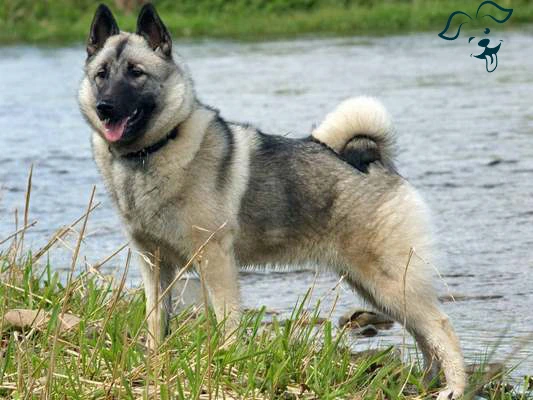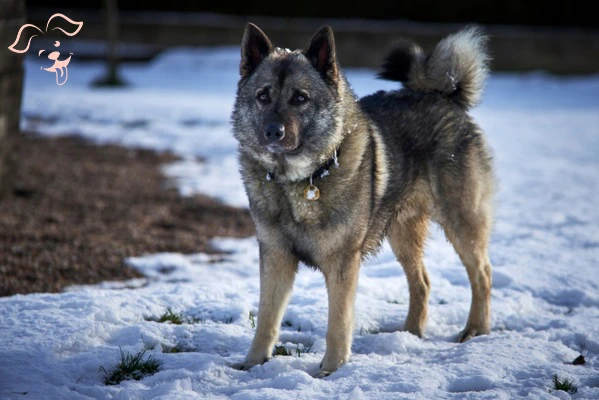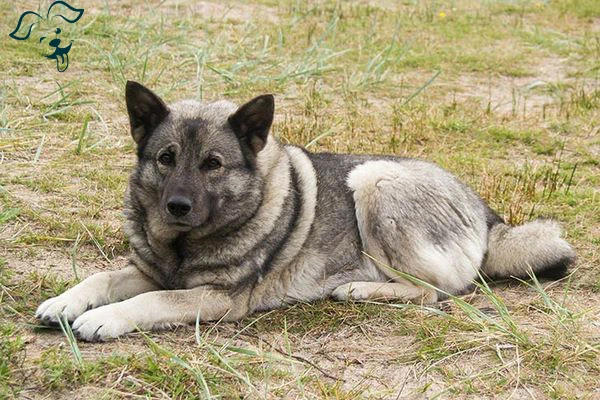CARING WITH FAMILY
|
| The affection level of a breed towards family members and familiar individuals can vary. While some breeds may have a tendency to be aloof and reserved with everyone except their owner others are generally known for treating everyone they know as their best friend. |
LOVE WITH CHILDREN
Unwise
Good With Children
|
| The level of tolerance and patience a breed exhibits towards children can vary from one breed to another. Some breeds are known for their exceptional tolerance and patience with children making them excellent family pets. These breeds typically have a gentle and friendly nature, showing a strong affinity for children and their playful behavior. |
BEHAVIOR WITH DOGS
Unwise
Good With Other Dogs
|
| The general friendliness of a breed towards other dogs can vary widely. Some breeds have a natural inclination to be social and friendly with other dogs, while others may be more reserved or even prone to being territorial or aggressive towards unfamiliar dogs. |
SHEDDING LEVELS & MANAGEMENT
No Shedding
Hair Everywhere
|
| The amount of shedding and hair that a breed produces can vary. Norwegian Buhunds have a dense double coat, consisting of a thick hard outer coat and a soft, dense undercoat. This type of coat typically results in moderate shedding. |
COAT GROOMING STANDARDS
|
| The frequency at which a breed necessitates bathing, brushing, trimming and other forms of coat maintenance should be considered while contemplating the grooming regimen. Be mindful of your allotted time, level of patience and financial resources when evaluating the effort required for this type of care. Furthermore, bear in mind that regular nail trimming is essential for all breeds. |
DROOLING INTENSITY
Less Likely to Drool
Always Have a Towel
|
| Factor in the drool-proneness of a breed. If you are particularly concerned about maintaining a clean environment and find it bothersome when dogs leave strings of slobber on your arm or significant wet stains on your clothing you should take this into consideration when making your selection. |
COAT STYLES GUIDE |
| Double |
| COAT SPECTRUM |
| Medium |
FRIENDLINESS
Reserved
Everyone Is My Best Friend
|
| Contemplate the level of warmth a breed typically expresses towards strangers. It is noteworthy that certain breeds may exhibit reserved or cautious behavior when encountering unknown individuals irrespective of the location, while other breeds may enthusiastically embrace interactions with new humans whenever the chance arises. |
LIVELINESS
Only When You Want To Play
Non-Stop
|
| Consider the breed's inherent enthusiasm for play, which may persist even beyond the puppy stage. Certain breeds will maintain their desire to engage in activities like tug-of-war or fetch well into adulthood, while others will be content to spend most of their time relaxing on the couch beside you. |
VIGILANCE INTENSITY
What's Mine Is Yours
Vigilant
|
| Contemplate the breed's tendency to signal the presence of strangers. These breeds are more likely to exhibit a responsive nature towards any perceived threat be it the mailman or a squirrel by the window. Moreover, they are prone to becoming amiable towards strangers who enter the house and are embraced by their family. |
ADAPTATION CAPACITY
Lives For Routine
Highly Adaptable
|
| Reflect on the breed's ability to handle change. This pertains to their capacity to adjust to variations in living conditions, noise levels, weather circumstances, daily routines and other changes that may arise in their day-to-day lives. |
OBEDIENCE LEVEL
Self-Willed
Eager to Please
|
| Discover how effortlessly you can teach your furry companion and witness their remarkable eagerness to acquire new knowledge. Certain dog breeds possess an innate desire to bring joy to their owners, while others tend to prioritize their own desires disregarding rules and boundaries. Embrace the fascinating dynamics of canine training, where each dog exhibits unique tendencies and preferences. |
STAMINA LEVEL
|
| The exercise requirements and mental stimulation levels vary among different dog breeds. High energy breeds exhibit a remarkable readiness for physical activities and eagerly seek new adventures. They thrive on constant motion, engaging in activities such as running, jumping and playing throughout the day. In contrast, low energy breeds can be likened to contented couch potatoes, as they prefer to relax and spend their time resting and snoozing. Understanding the unique energy levels of different breeds can help you tailor their exercise and mental stimulation needs accordingly. |
VOCALIZATION
|
| Likes To Be Vocal |
LEARNING CURIOSITY LEVEL
Happy to Lounge
Needs a Job or Activity
|
| Providing adequate mental stimulation is crucial for ensuring the happiness and well-being of a breed. Certain purpose-bred dogs have specific jobs that demand decision-making, problem-solving, concentration and other cognitive qualities. Without sufficient mental exercise, they may take matters into their own paws and create their own activities to keep their minds occupied. Unfortunately, these self-initiated projects may not align with your preferences or expectations. To avoid such scenarios, it's important to understand the mental stimulation requirements of your dog's breed and provide appropriate outlets for their intellectual needs, allowing them to stay content, engaged and mentally sharp. |
| COLORS |
|
Description
|
Registration Code
|
|
Gray Black & Silver
|
106
|
|
Silver Gray & Black
|
190
|
|
Gray & Black
|
101
|
|
Silver & Black
|
177
|
|
Black White & Silver
|
033
|
|
Black & Gray
|
012
|
|
Black & Silver
|
016
|
|
| PATTERNS | . |






























FRIENDLINESS
LIVELINESS
VIGILANCE INTENSITY
ADAPTATION CAPACITY